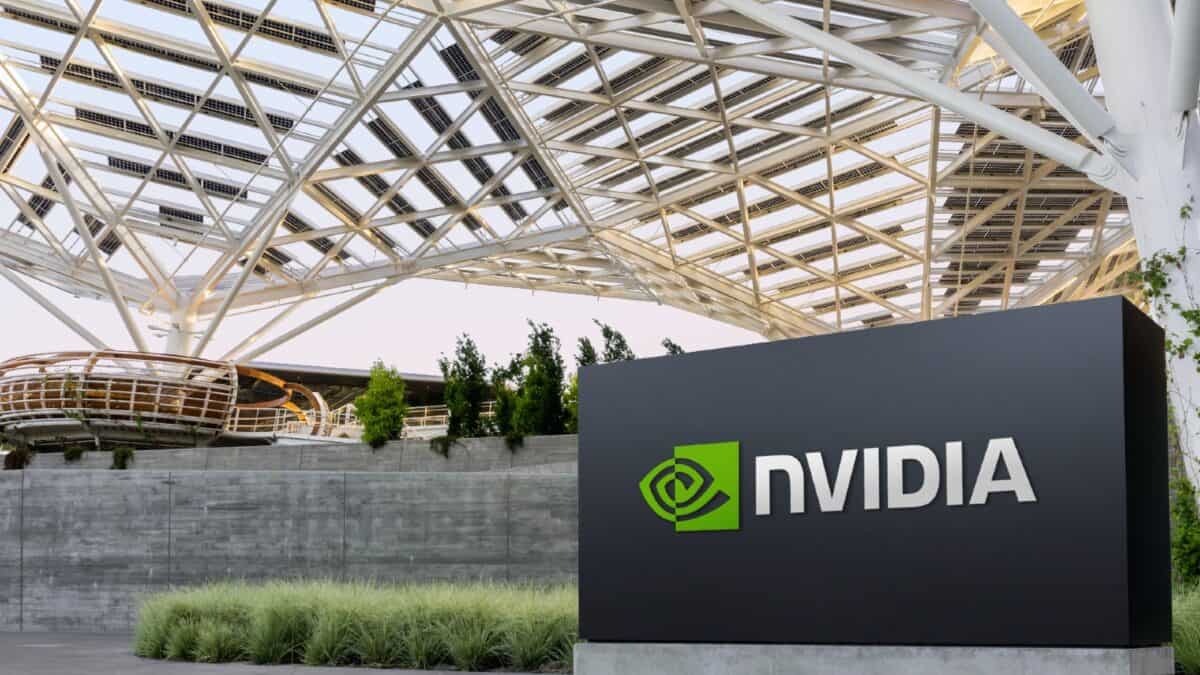Nvidia (NASDAQ:NVDA) stock trades at 61 times TTM (Trailing 12-Month) earnings. That’s very expensive. But I’d challenge you to find another S&P 500 company with a price-to-earnings-to-growth (PEG) ratio less than 0.9. In fact, I can’t name another S&P stock with a PEG ratio under one — the benchmark for fair value.
The start of the AI revolution
Several analysts and brokerages have highlighted that, despite the hype over the past 12 months, we’re still only at the start of the artificial intelligence (AI) revolution. It’s inevitable that AI will become much more than just ChatGPT, and as technology develops, the chipsets will need to develop in turn.
The kingpin
Nvidia is the kingpin of the AI revolution. Its chipsets, notably the H100, have been the key enablers for the growth of generative AI. The company’s graphic processing units (GPUs) — originally designed for the gaming sector — have parallel processing capabilities that are ideally suited for AI workloads.
Nvidia is expected to release its next generation H200 and B100 GPUs later this year. This comes just one year after the release of the H100, but it reflects the growing demand for AI-enabling chipsets and Nvidia’s desire to remain one step, or many steps, ahead of its competition.
While the H200 is already wanted by cloud service provides, both next generation GPUs are expected to offer a leap in performance for AI training and inference. The H200 is expected to be between 1.4-1.9 times faster large language model inference compared to the H100.
Competition
Nvidia is by far the leading provider of chipsets to support the AI revolution. However, innovation is key. In order to stay ahead of its peers, Nvidia needs to continually channel funding into the production of increasingly powerful chips.
And, of course, other manufacturers are eying Nvidia’s crown. In December, Intel redesigned, for the first time in 40 years, the architecture of its flagship PC chipset. Using advanced packaging to stack four ’tiles’, the company hopes to take some market share away from Nvidia. Additionally, Nvidia will face competition this year from AMD’s MI300s.
In turn, we also need to consider that Nvidia might miss out if supply constraints prevent it from meeting demand. While Nvidia has said that demand is surging, we can’t be certain it can satisfy this demand.
The value play
As I mentioned at the top, Nvidia doesn’t look cheap on a TTM basis. However, given the company’s growth expectation, it looks a lot cheaper on a forward basis. And this is important, because we don’t invest for the past, we invest for future performance.
On a forward basis for 2025, the stock is trading at 32 times earnings. For 2026, it’s 26.8 times, and for 2027 it’s 23 times. Estimates end at 2028 when the price-to-earnings ratio is 19.2 times. Collectively, this results in a PEG ratio of 0.9.
This post was originally published on Motley Fool






